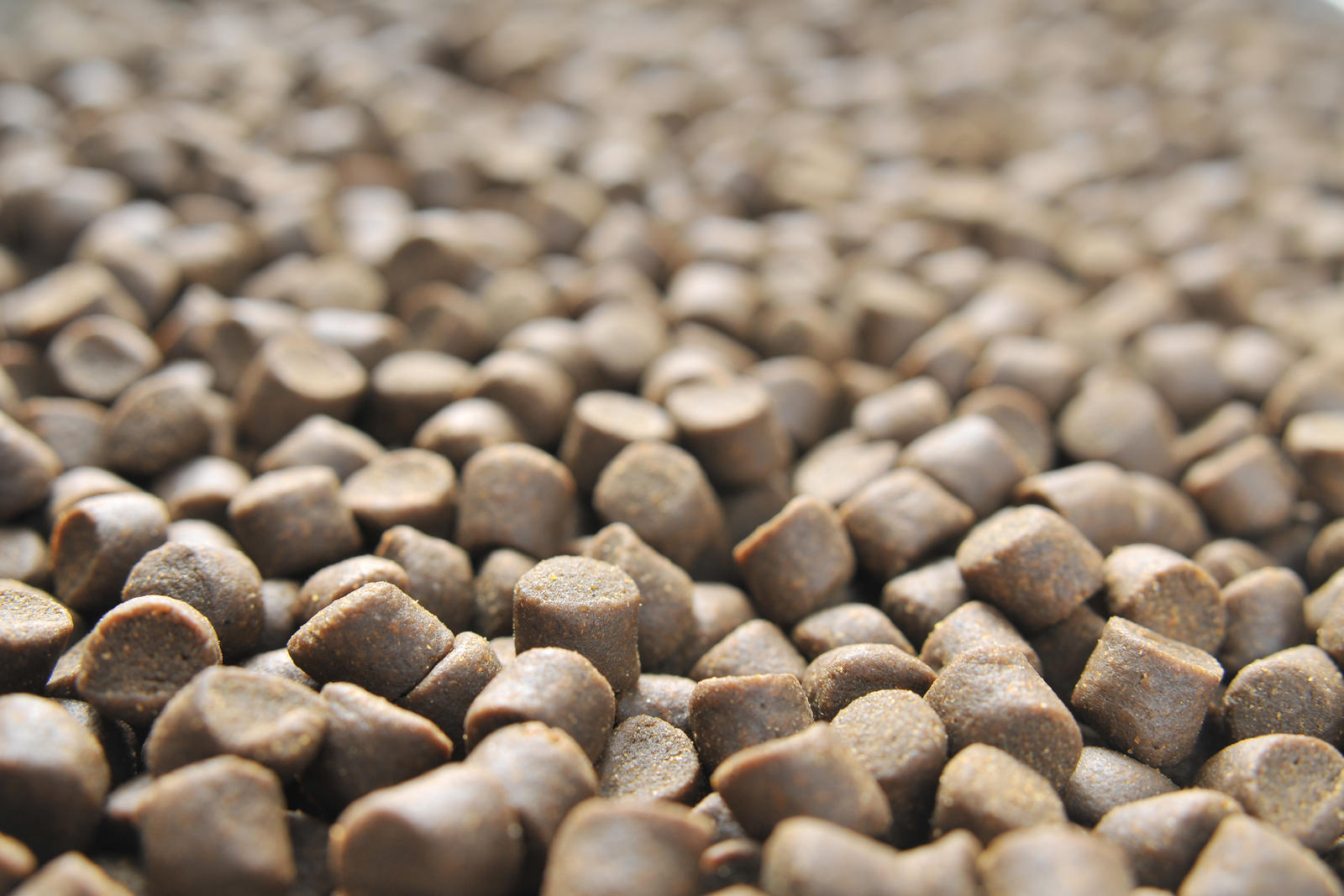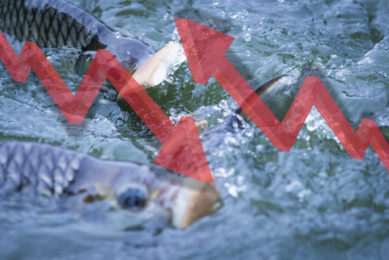Microalgae makes fish diets more sustainable

US researchers found that the microalgae species Schizochytrium sp. is a high quality candidate for complete substitution of fish oil in juvenile Nile tilapia feeds.
Responsible expansion of aquafeeds, inter alia, requires finding sustainable alternatives to fishmeal and fish oil ingredients, of which aquaculture is the largest user. Aquaculture feeds currently use over 80% of the world’s fishmeal and fish oil, which are extracted from small ocean-caught fish.
To study whether other ingredients can be a suitable alternative to fish oil, a 84-day nutritional feeding experiment with dried whole cells of DHA-rich marine microalga Schizochytrium sp. (Sc) was carried out to determine the optimum level of fish-oil substitution (partial or complete) for maximum growth of Nile tilapia.
Also interesting: Mealworm meal shows promise for fish
When fish oil was fully replaced with Schizochytrium (Sc100 diet), the researchers found significantly higher weight gain and protein efficiency ratio (PER), and lower (improved) feed conversion ratio (FCR) and feed intake compared to a control diet containing fish oil (Sc0); and no significant change in SGR and survival rate among all diets. The Sc100 diet had the highest contents of 22:6n3 DHA, led to the highest DHA content in fillets, and consequently led to the highest DHA:EPA ratios in tilapia fillets.
Read all the latest articles on soy replacers in the New Proteins dossier on All About Feed.
From this trial it was therefore concluded that Schizochytrium sp. is a high quality candidate for complete substitution of fish oil in juvenile Nile tilapia feeds, providing an innovative means to formulate and optimise the composition of tilapia juvenile feed while simultaneously raising feed efficiency of tilapia aquaculture and to further develop environmentally and socially sustainable aquafeeds. Results show that replacing fish oil with DHA-rich marine Sc improves the deposition of n3 LC PUFA levels in tilapia fillet. These results support further studies to lower Schizochytrium production costs and to combine different marine microalgae to replace fish oil and fishmeal into aquafeeds.
Source: PLOS One











